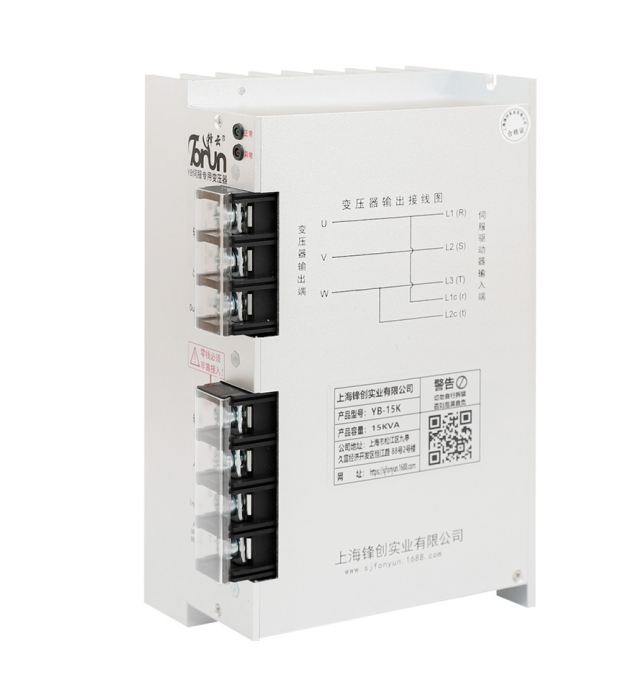Embracing Comfort: The Art and Science of Creating a Comfy and Cozy Environment
In a world that often feels chaotic and fast-paced, the concepts of comfy and cozy have become more than mere adjectives; they represent a lifestyle choice and a psychological refuge. But what exactly do these terms mean, and how can we cultivate an environment that embodies these qualities? This article delves into the nuances of comfort and coziness, exploring their psychological underpinnings, practical applications, and the science behind creating spaces that promote well-being.
Understanding Comfy and Cozy
At their core, comfy and cozy evoke feelings of warmth, safety, and relaxation. While often used interchangeably, they carry distinct connotations. Comfy typically refers to physical comfort—think of plush sofas, soft blankets, and ergonomic furniture. In contrast, cozy encompasses a broader emotional and aesthetic experience, characterized by an inviting atmosphere that fosters a sense of belonging and tranquility.
The Psychological Benefits of Comfort and Coziness
Research in environmental psychology suggests that our surroundings significantly influence our mood and mental health. Spaces that are comfy and cozy can reduce stress, enhance creativity, and promote overall well-being. Here are some psychological benefits associated with these environments:
- Stress Reduction: Cozy spaces often incorporate elements that evoke nostalgia or familiarity, such as warm colors, soft textures, and personal mementos. These elements can trigger positive memories, leading to reduced anxiety and stress levels.
- Enhanced Focus and Productivity: A comfy workspace, equipped with ergonomic furniture and adequate lighting, can improve concentration and productivity. When we feel physically comfortable, our cognitive functions are less likely to be hindered by discomfort.
- Social Connection: Cozy environments encourage social interaction. Spaces designed for comfort often facilitate gatherings, fostering connections and enhancing our sense of community.
Key Elements of a Comfy and Cozy Space
Creating a comfy and cozy environment involves a thoughtful combination of design elements, textures, and personal touches. Here are some essential components to consider:
- Textiles and Fabrics
The choice of textiles plays a crucial role in establishing comfort. Soft, tactile materials such as cotton, wool, and fleece can create an inviting atmosphere. Layering different fabrics—like plush throw blankets, fluffy pillows, and soft rugs—adds depth and warmth to a space.
- Lighting
Lighting can dramatically affect the ambiance of a room. Soft, warm lighting—achieved through lamps, fairy lights, or candles—creates a cozy atmosphere, while harsh fluorescent lights can make a space feel sterile and uninviting. Consider using dimmers or adjustable lighting to tailor the brightness to your mood.
- Color Palette
Colors evoke emotions, and the right palette can enhance the coziness of a space. Warm hues like soft browns, muted greens, and gentle yellows can create a sense of warmth and comfort. Conversely, cooler colors may evoke feelings of calm but can sometimes feel less inviting.
- Personal Touches
Incorporating personal items—such as photographs, artwork, or souvenirs—can make a space feel uniquely yours. These elements not only enhance the aesthetic appeal but also contribute to the emotional comfort of the environment.
- Nature Elements
Biophilic design, which incorporates natural elements into indoor spaces, has been shown to improve well-being. Adding plants, natural light, and organic materials can create a serene and cozy atmosphere, bridging the gap between indoor and outdoor environments.
Practical Tips for Creating a Comfy and Cozy Environment
- Declutter: A tidy space promotes mental clarity. Remove unnecessary items and organize your belongings to create a more inviting environment.
- Invest in Quality Furniture: Choose furniture that prioritizes comfort without sacrificing style. Ergonomic chairs and plush sofas can make a significant difference in how cozy a space feels.
- Create Zones: Designate areas for different activities—reading, working, or relaxing. This zoning can help you transition between tasks while maintaining a sense of comfort.
- Incorporate Aromatherapy: Scents can evoke powerful emotional responses. Use essential oils, scented candles, or incense to create an olfactory experience that enhances the cozy atmosphere.
- Embrace Seasonal Changes: Adapt your space according to the seasons. In winter, add heavier blankets and warm colors; in summer, opt for lighter fabrics and airy arrangements.
Conclusion
In an increasingly hectic world, the pursuit of comfort and coziness is more relevant than ever. By understanding the psychological benefits and practical elements that contribute to a comfy and cozy environment, we can create spaces that not only look inviting but also nurture our mental and emotional well-being. Whether it’s through the careful selection of textiles, the strategic use of lighting, or the incorporation of personal touches, the art of creating a cozy sanctuary is within reach for everyone. Embrace the journey towards a more comfortable and cozy life, and watch as it transforms your daily experiences.





